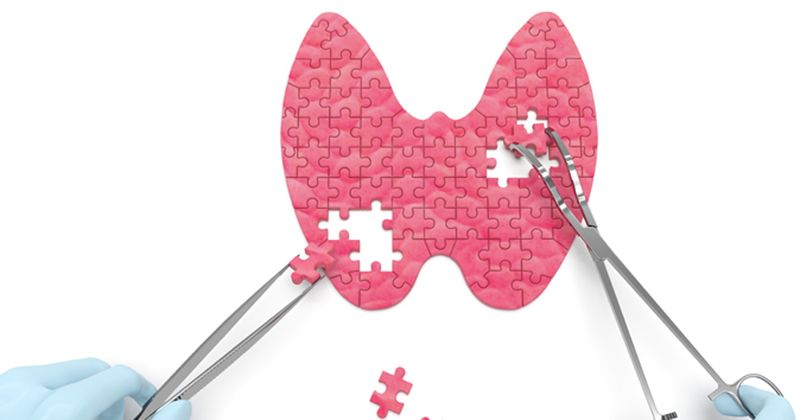Hyperthyroidism may raise risk for arrhythmia recurrence after catheter ablation
Among patients with hyperthyroidism who received catheter ablation for atrial fibrillation, the rate of arrhythmia recurrence was higher compared with their euthyroid counterparts at 1 year, researchers reported.
However, catheter ablation was safe and associated with a high acute success rate in the hyperthyroid cohort.

For the study, Philipp Krisai, MD, of the Centre Hospitalier Universitaire de Bordeaux in Pessac, France, and colleagues retrospectively assessed the safety and acute and long-term success of catheter ablation in patients with hyperthyroid AF and compared them with propensity-score matched euthyroid controls. Patients were defined as having overt hyperthyroidism as thyroid-stimulating hormone levels of 0.4 mUI/L or less and free thyroxine levels elevated, and were defined as subclinically hyperthyroid if they had thyroid-stimulating hormone of 0.4 mUI/L or less and normal free thyroxine levels.
First procedures involved pulmonary vein isolation; ablation of additional lesions was optional. Researchers based redo-ablation on arrhythmia mechanisms and line reconnections.
Documented AF or atrial tachycardia served as the primary outcome.
The study included 39 patients with hyperthyroidism (mean age, 60 years), of whom 77% were men and 77% had persistent AF. Researchers classified 61.5% of those patients as overt and the rest as subclinical.
There were no significant differences between the hyperthyroid and control groups in age, sex, AF type, AF duration, comorbidities and antiarrhythmic drugs, although the matched cohort had increased left ventricular ejection fraction (58.7% vs. 52.3%; P = .01).
Compared with the matched cohort, those with hyperthyroidism demonstrated no differences in the number of procedures, ablation indication and ablation type. However, the matched cohort underwent more pulmonary vein isolation (91% vs. 74.4%; P = .02), but less ablation of left atrial roof lines (16.7% vs. 43.6%; P = .002), coronary sinus ablation (16.7% vs. 35.9%; P = .02) and focal left atrial ablation (5.1% vs. 25.6%; P = .002).
During a mean follow-up of 10.2 months, the AF recurrence rate in the hyperthyroid group was 34.7% at 6 months and 50.8% at 12 months; in contrast, the recurrence rate in the matched cohort was 28.2% (P = .007).
Researchers reported that among the 36 patients with information on hyperthyroidism treatment, 27.8% received antithyroid treatment; amiodarone was stopped in all with amiodarone-induced hyperthyroidism; and a watch-and-wait strategy was selected in 61.1% of patients. Furthermore, among the 30 patients with known subsequent thyroid status, 90% were euthyroid during follow-up; for the remaining patients, hyperthyroidism was amiodarone-induced and a watch-and-wait strategy was employed.
“Catheter ablation for AF in hyperthyroid patients was associated with a high acute success rate and no increased risks for periprocedural complications,” Krisai and colleagues wrote. “The long-term success rate was lower compared with euthyroid patients, with 49% of the hyperthyroid patients being arrhythmia-free 1 year after ablation. Larger studies testing different ablation approaches in hyperthyroid patients are needed to improve outcomes and ascertain safety.”
